Scalloway Castle, Shetland
Scalloway Castle is a stunning building, built over five years, starting in late 1599, it was one of the most prestigious buildings in Scotland at the time.
Though the castle has been surrounded by reclaimed land and harbour developments in more recent times, in 1599 the site was surrounded by the sea on three sides. Scalloway Castle was strategically placed to control the main access to Tingwall, the site since Norse times of the Parliament for Orkney and Shetland.
It also has a colourful history tied to the brutal Stewart family.
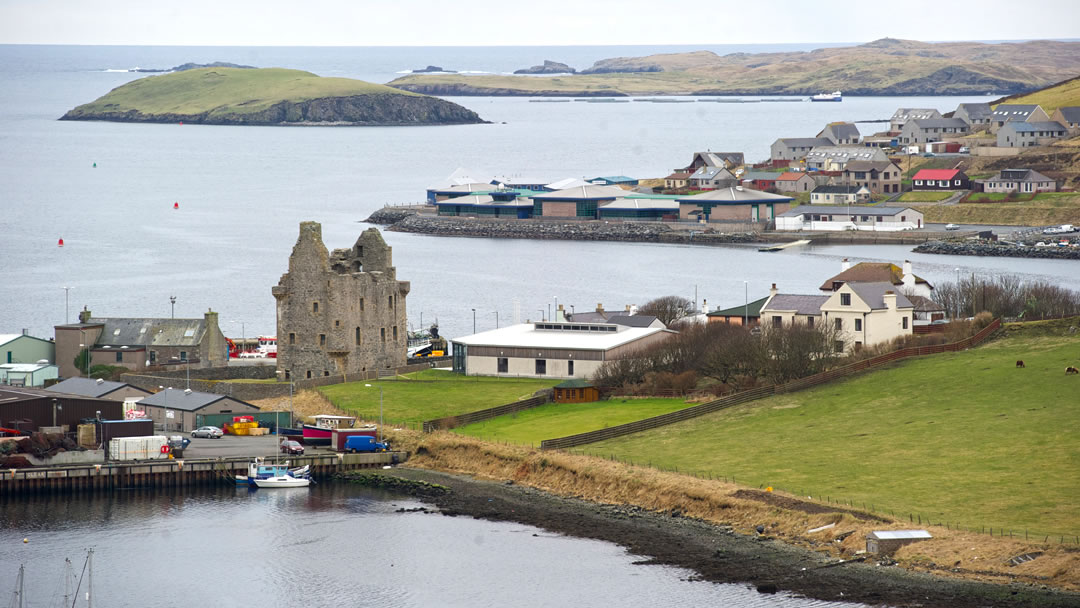
Orkney and Shetland were under Norwegian rule until the islands were gifted to Scotland in 1468. The brutal oppression of the islanders by Scottish Earls did little to strengthen relations between the islanders and their new rulers. The most corrupt and brutal of these Earls was Robert Stewart and his son Patrick.
Robert Stewart was the illegitimate son of King James V of Scotland and one of his mistresses, Euphemia Elphinstone. Born in 1533, he was given the Earldom of Orkney and Shetland and the position of the Sheriff of Orkney. Robert’s interest was in the richer farmlands of Orkney and he left the running of Shetland to his half-brother Laurence Bruce, who was appointed Sheriff of Shetland.
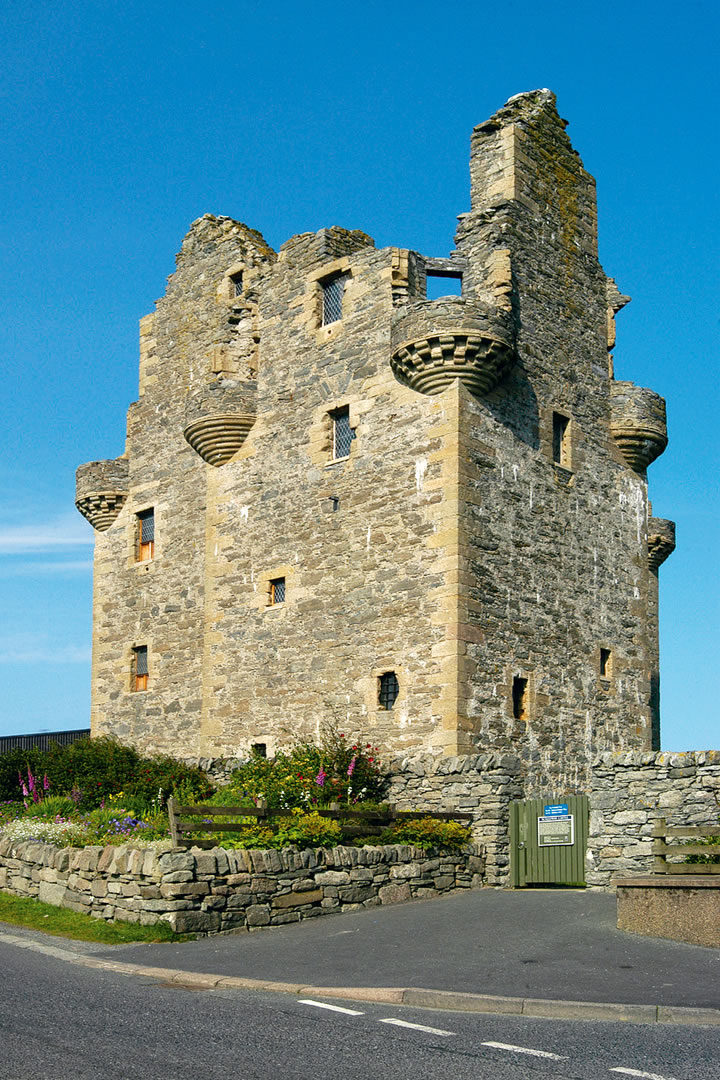
When Robert died in 1593, he was succeeded by his son, Earl Patrick, who took a greater interest in Shetland. Aware of this, Laurence Bruce began to fear for his position and built Muness Castle on Unst as a stronghold. One year later Earl Patrick began building Scalloway Castle in Shetland’s then capital.
Though the castle has been surrounded by reclaimed land and harbour developments in more recent times, in 1599 the site was surrounded by the sea on three sides. The Castle was strategically placed to control the main access to Tingwall, the site since Norse times of the Parliament for Orkney and Shetland. The purpose of the castle was not to protect against foreign invaders, but rather to tighten Earl Patrick Stewart’s hold on Shetland.
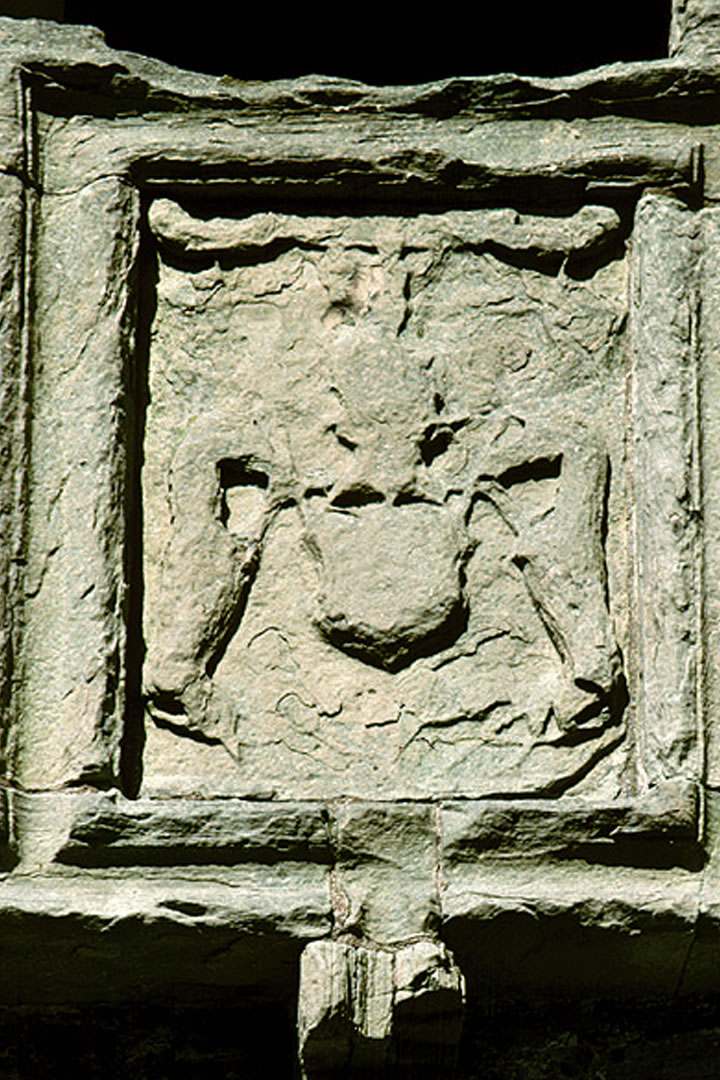
The design of the castle is that of an L-shaped towerhouse. A fortified stronghold, there were outbuildings, and gun holes beneath the windows. The corbelled footing of the turrets at every corner of the tower was a signature of master-builder Andrew Crawford.
On the ground floor there was a storeroom, a large kitchen with a big fireplace and a well to serve the whole castle. There was also a porters lodge which doubled as a prison where 17th centuries ‘witches’ condemned to die on nearby Gallows Hill awaited their fate.
Leading upstairs to the great hall are wide steps and a square landing (a grand statement at the time) The Hall itself had two fireplaces and nine big windows.
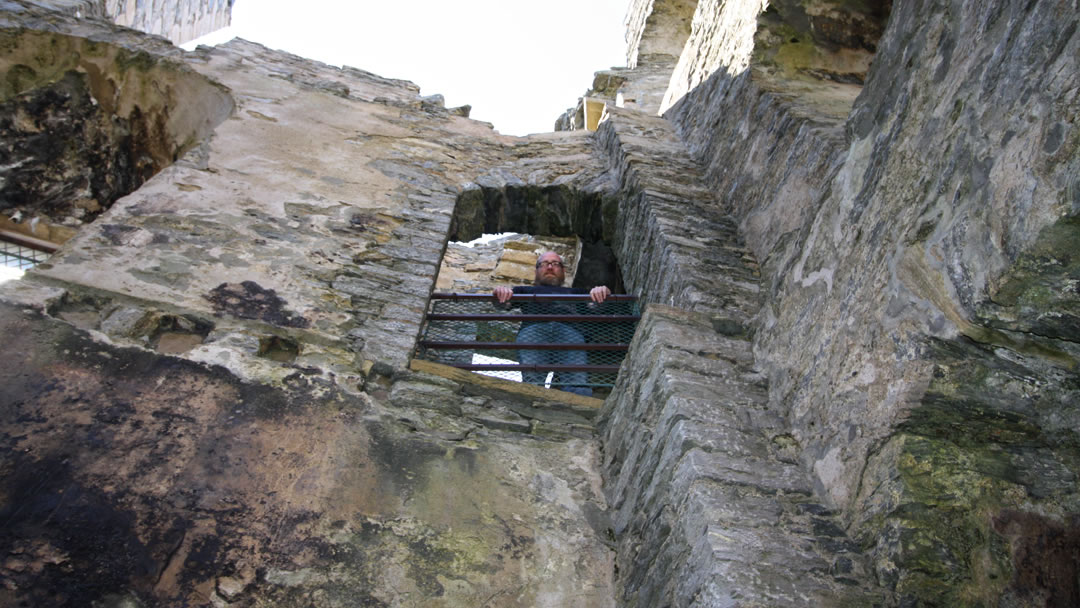
The second floor was divided into two apartments fitted with their own toilets. The roof and the flooring of the two uppermost storeys are gone, but we know that the third floor was divided into three smaller apartments. All these apartments had their own window and fireplace.
In the tower and corner turrets there were even more small rooms. An account from 1701 indicates that the walls were painted with pictures.
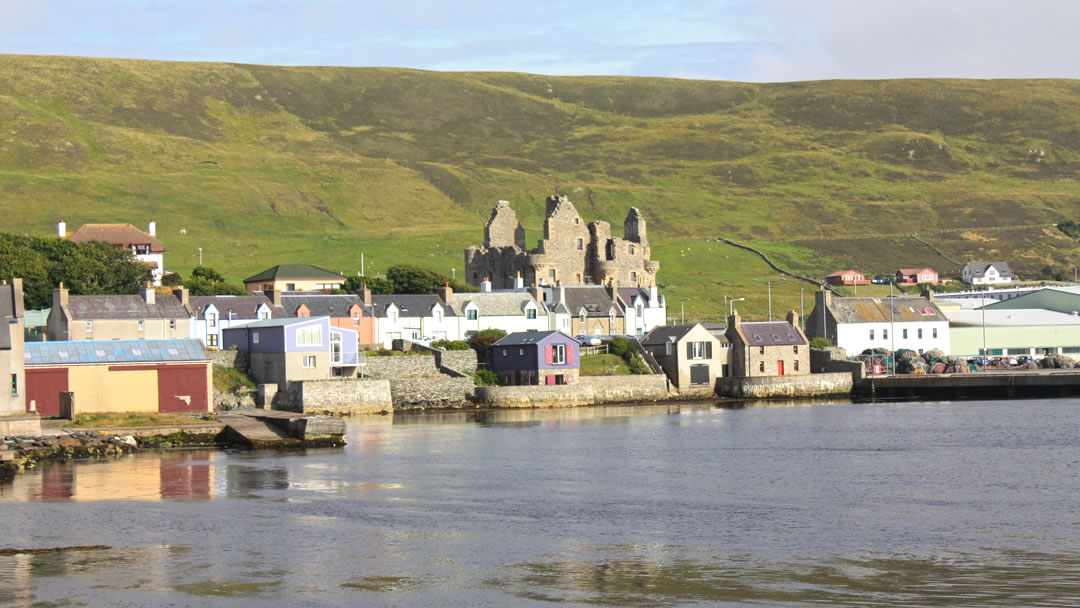
It is claimed that the castle was built using forced labour from the Shetlanders – and that their hair and blood were used in the mortar. Patrick also fell foul of the Crown which led to his downfall and imprisonment.
While incarcerated at Edinburgh Castle, Patrick appointed his illegitimate son Robert as his deputy – however Robert carried out an open rebellion against royal authority – thus placing Patrick beyond the mercy of his former friend and relative King James VI. Both were executed for treason in 1615.
After Patrick’s demise, Scalloway Castle remained the administrative centre for Shetland and it was still in good shape, housing some of Cromwell’s troops for a short time in the 1650s.
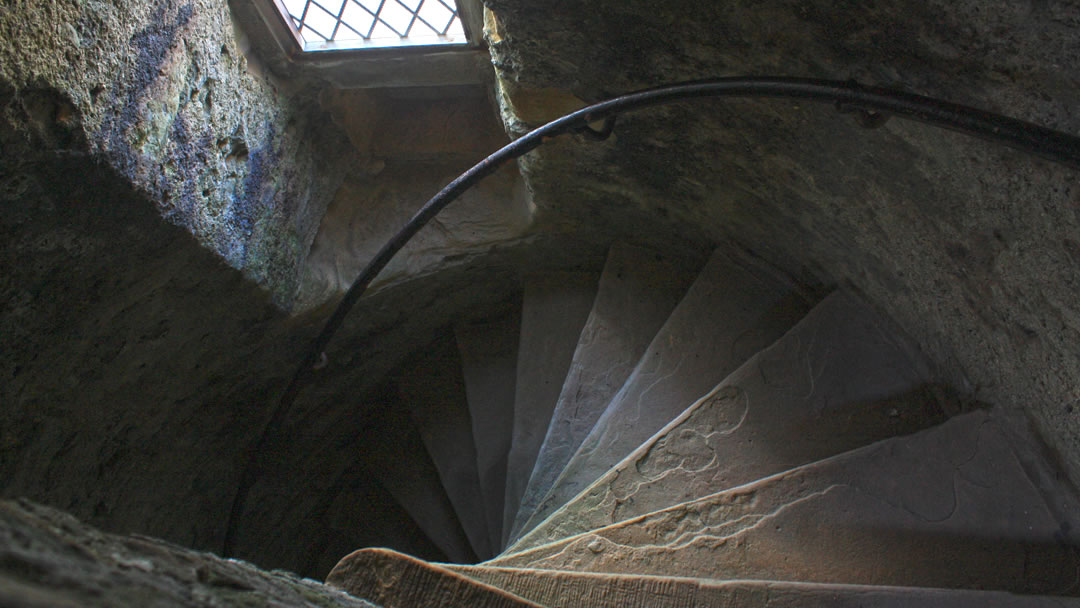
By the end of the seventeenth century the roof was letting in water and the timber beginning to rot, and the shift of Shetland’s capital to Lerwick a few years later confirmed Scalloway Castle’s decline. In 1754, much of the stone from the lesser buildings that originally surrounded the tower house was removed to build a nearby mansion and the castle fell into disrepair until it was taken in state guardianship in 1908.
